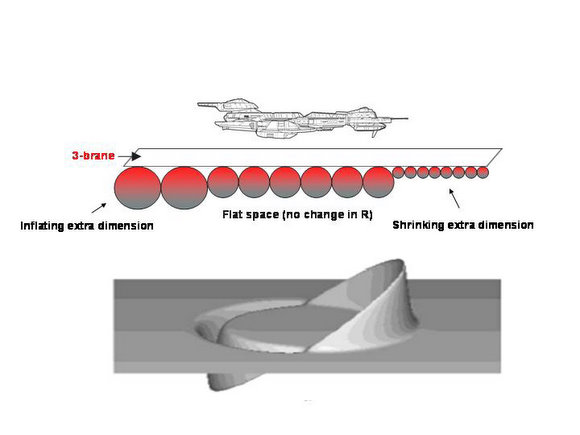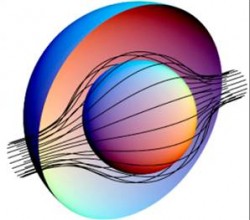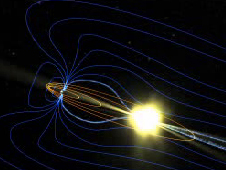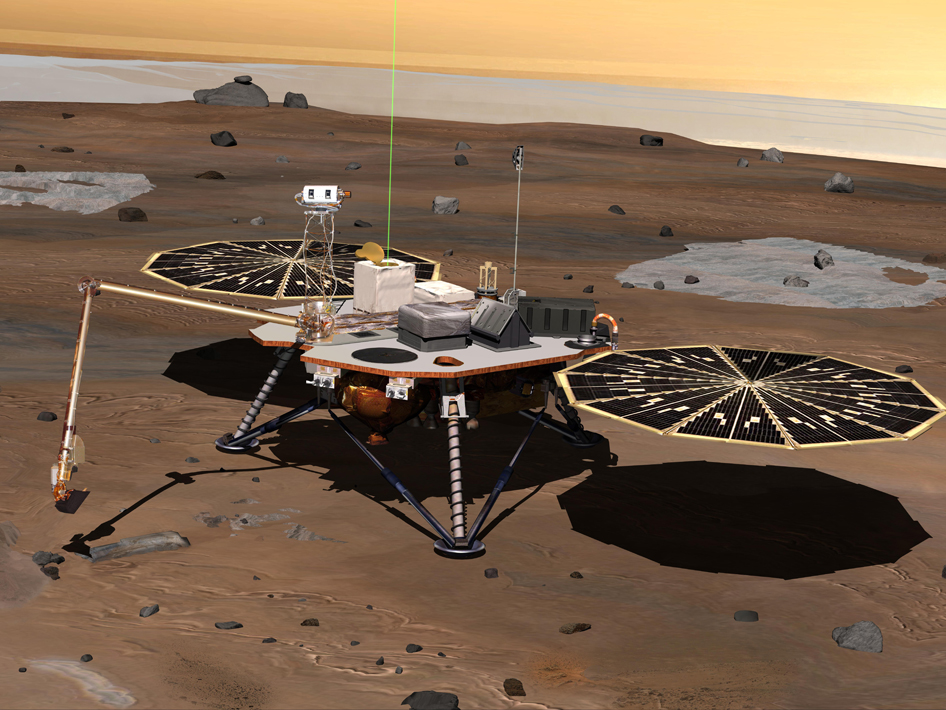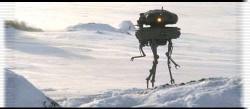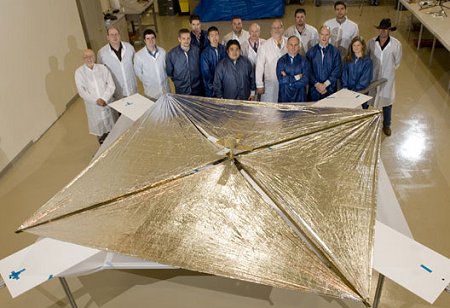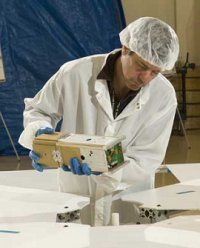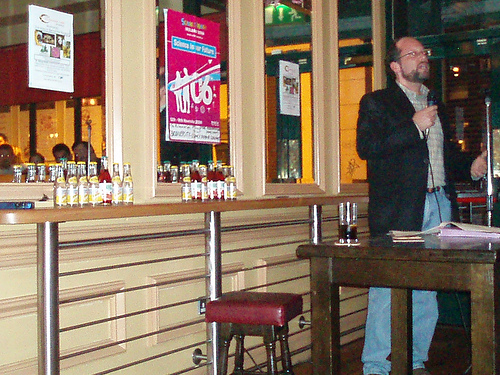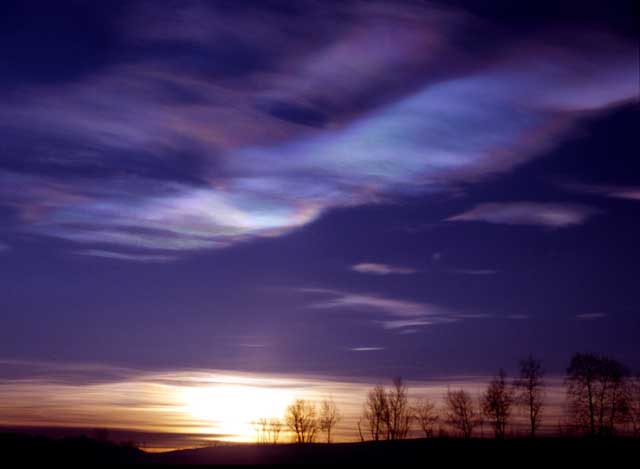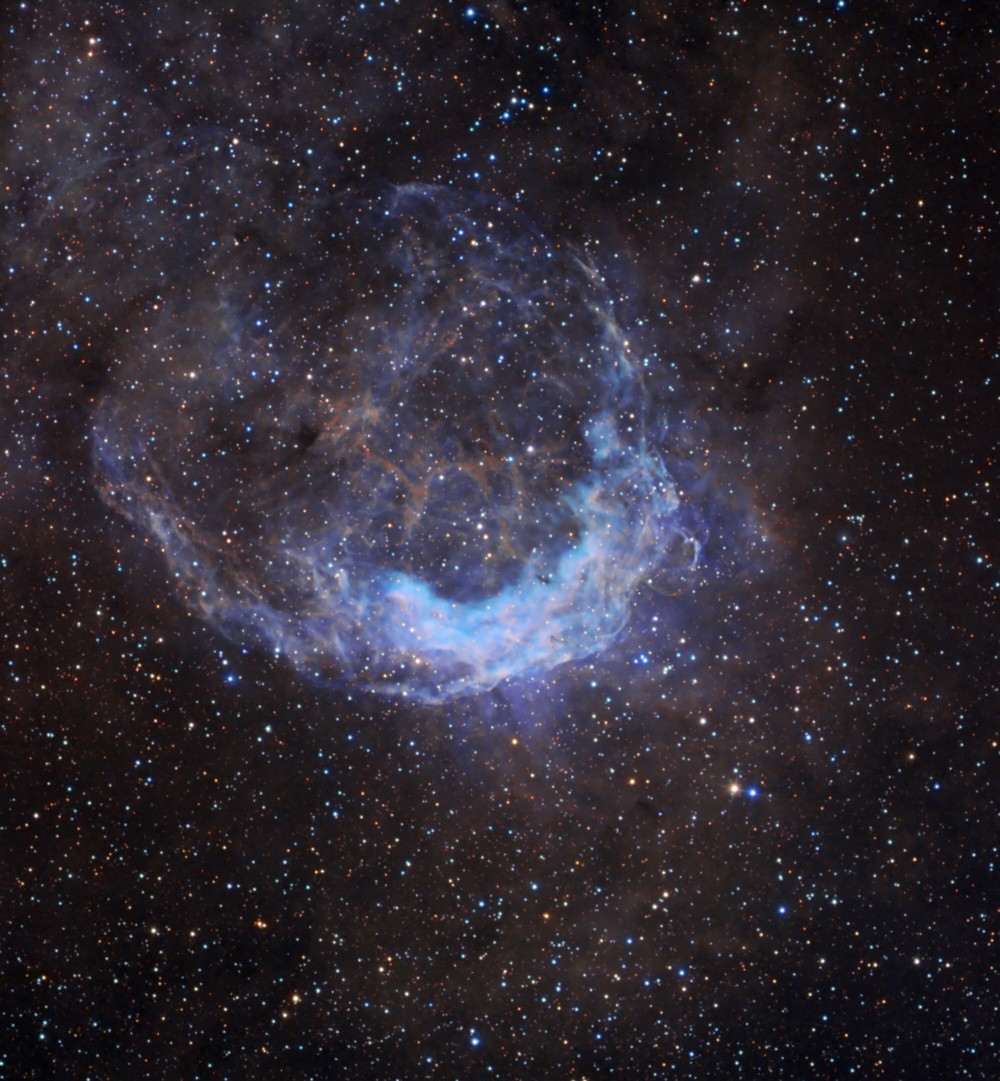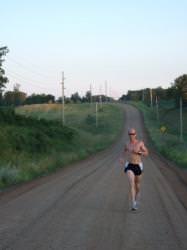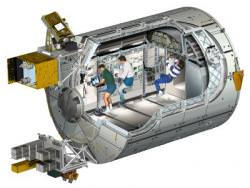[/caption]
Former NASA astronaut and Rocketplane test pilot John Herrington has a new state-of-the-art vehicle of choice: a bike. But it’s a touring bike fully loaded with a GPS, laptop, broadband phone, and digital and video cameras. Herrington is embarking on a cross country bike trek to promote and encourage student participation in science, technology, engineering and mathematics (STEM). Herrington, once a college dropout who went on to fly in space in 2002 on the STS-113 mission, hopes he can help make a difference and impact on children by sharing his experiences and providing web-based, hands-on activities using STEM skills to solve problems while following his journey. Herrington also wants to encourage children to pursue their dreams and seek out exciting opportunities. “The generation that grew up in the age of the Apollo program and the journey to the moon was motivated by the excitement of space and the possibilities that it brought to the nation,” said Herrington. “Those kinds of possibilities to explore the unknown and make new discoveries still exist, but we must motivate students to learn and have a way to connect what they learn to what they do on a daily basis.”
Herrington began his coast-to-coast tour yesterday (August 13) from Cape Flattery in Washington state and will finish at Cape Canaveral in Florida. The trip is expected to take three months, and Herrington will stop at schools along the way to talk about his “journey to the space program, the wonders of flying in space and the need for students to realize their potential that lies within,” he said.
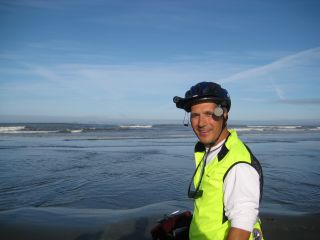
Students can log into Herrington’s blog for daily updates and new problem solving challenges. Herrington, the first Native American in space will be especially focusing on Native students, hoping to kindle imagination and motivation. “I was once an unmotivated student, looking for something that sparked my fire,” he said. “I found it as a rock-climber on a survey crew, learning the application of mathematics from the side of a cliff. That experience inspired me to return to school and ultimately led to my career as an astronaut.”
As part of the crew of the space shuttle Endeavour in November of 2002, Herrington conducted three spacewalks to help in construction of the International Space Station, logging just under 20 hours of EVAs. He left NASA in 2005 to join Rocketplane Global as a test pilot. He left Rocketplane in December 2007 to pursue other opportunities, which obviously, includes biking.
“Sometimes it takes someone outside of our normal circle of friends and family to shine a light in our direction and help us along,” Herrington continued. “As I set out on this bike ride and try to make the learning practical and fun, I hope to also show students that it takes commitment and effort, both mental and physical, to accomplish your goals.”
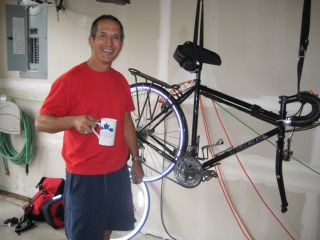
Here are the topics Herrington will be focusing on in his educational endeavors:
Science:
Caloric intake and heart rate in relation to overall health
Hydration, dehydration, hypothermia
Weather, wind velocity, ground and air speed, relative motion
Technology:
Bike composition and weight/ comparison to space shuttle/station
Bike maintenance and repair
Getting power to electronics (i.e. batteries, solar)
Global Positioning System (GPS)
Digital camera technology
Engineering:
Velocity and torque
Mass and weight
Friction and measurements
Math:
Basic math
Addition and subtraction
Geometry, trigonometry and physics
News Source: John Herrington’s RocketTrek site


